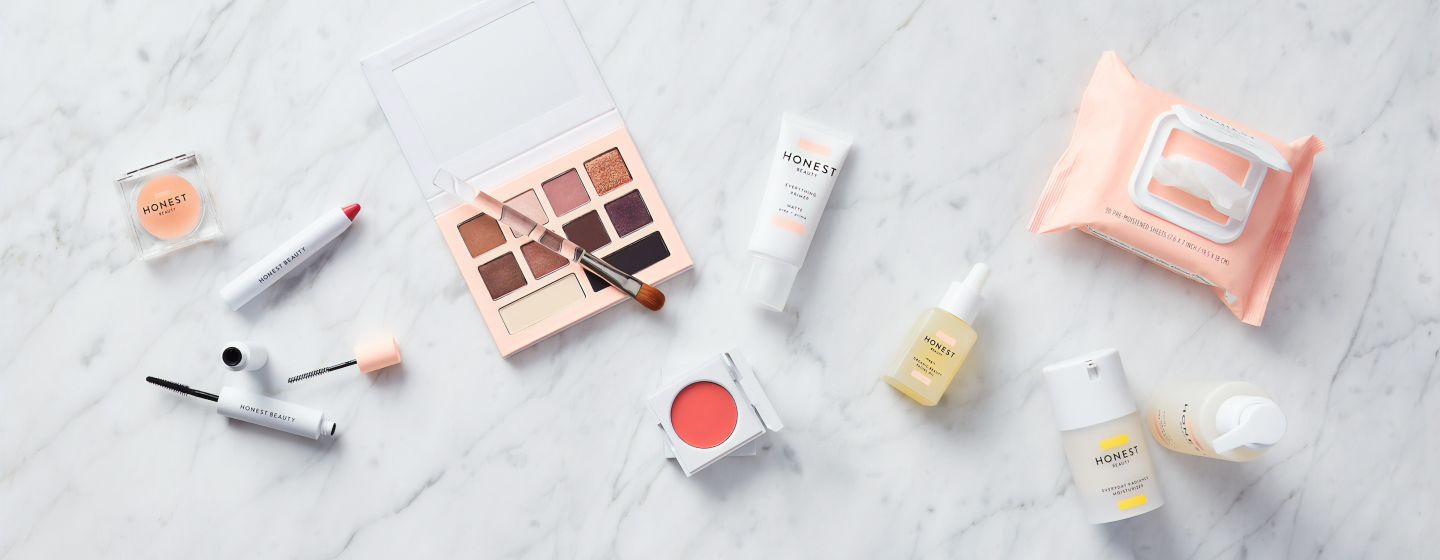In this article, we will discuss several Shopify design hacks and key design principles —from using whitespace effectively (because it makes everything look more professional) to designing with your customers' needs in mind (so they can find what they're looking for easily).
Whilst some may prefer to invite a professional Shopify designer, that's not always required. All the hacks discussed in this article are based on the most common mistakes that we see on stores that we work with and they can mostly be easily fixed without Shopify developers' help.
We will cover the following key principles:
5. Use the right font and colours for your project and avoid default settings
6. Don't overload your website with long text blocks and sentences
Shopify theme design principles
You want to ensure that your Shopify theme follows these principles:
Grid system. The grid system helps you keep everything aligned and consistent, which makes for a more cohesive design.
Whitespace. Whitespace is the space between elements on your website; it creates a feeling of openness and balance. Don't overcrowd elements and give them some "breathing" space. (Think Apple.com style)
Visual hierarchy. This is the order in which elements are seen by a user, based on things like size and position within a layout or screen. The goal is to make sure an important element doesn't get lost among all the other items on your page/screen so that people know what they're looking at first off - then they can go deeper into their experience with you (which is where most conversions happen anyway). Move non-converting content, such as "Welcome to our website" , blogs and email subscriptions to the very bottom.
Consistency across all platforms (desktop vs mobile). Some Shopify themes may have alternating settings for desktop and mobile, so just ensure they are in sync.
1. Choose a good functional and aesthetic theme.
Going for a premium ready-made theme is worth the investment, as generally they look and convert better. It should also have functionalities that will be dictated by your products. Here are some of the most important things to look for when choosing a Shopify theme:
Multiple product options and their presentation (colours, swatches, sizes, images, etc.)
Navigation mega menu (number of columns, ability to add images and featured products)
Filters and sorting (swatches, tick boxes, ability to select multiple filters at once as well as their looks and the ease of set-up)
Customisable elements for collections, products and the homepage
Sale, coming soon, new and other product badges
Any specific requirements dictated by your products, such as showing the dimensions of the garment on the product page or displaying information about the coffee flavours on the collection page.

2. Use whitespace effectively
The use of whitespace is one of the best ways to make your site look clean and spacious. Whitespace can be used to separate sections of your site, creating a clear visual hierarchy, while still keeping everything in sight.
To do this effectively, ensure there is enough room between text blocks when designing templates and check that the amount of whitespace on each page is consistent throughout. This will help create a visually balanced experience for users, which makes it easier for them to navigate around your site.

3. Use a grid system for a clear visual hierarchy
Grid systems are an important element of design that helps to create consistency and visual hierarchy, while also helping to unify your brand.
A grid is a set of vertical and horizontal lines used as a structure in graphic design. Grids are often used for layout design by aligning the elements on the page along these lines, so that they can be easily seen when looking at the overall picture.
Ready-made Shopify themes come with pre-built elements, that allow you to maintain a grid easily. However, your job it to organise the elements neatly and with some visual rhythm. (Visual Rhythm is created by repeated positive shapes separated by negative spaces.)

This includes text blocks, images and graphics—everything should be positioned in order to not only look good but also convey your message clearly without confusing people or creating unnecessary confusion with too many elements fighting for attention on screen at once.
Use images of the same ratio throughout the website to make the grid look more appealing. Mix up elements of your grid to prevent your website from looking dull. For example, display a bold featured product, then a collection, followed by two smaller products, and so on. Don't be shy with a casual Shopify website redesign — play around and move elements to discover the most visually pleasing combinations.

4. Design with your customers in mind
Online shoppers are spoilt these days. If the website is not convenient, easy to use and gives them as much information as possible about the product straightaway, they leave your website in less than a minute.
As tempting as it can be, don't overload your website with annoying pop-ups, floating messages and other distractions.
Provide more than one way to find what you’re looking for. Customers want to be able to quickly find exactly what they are looking for without having to go through any unnecessary steps or clicks.
Use customer feedback to improve your design: take notes of which elements seem confusing or frustrating and adjust accordingly! Never disregard any customer complaints as silly, if visitors struggle to use your website - something can be improved further.
5. Use the right font and colours for your project and avoid default settings
If you are not sure what to do, follow the "less is more" principle.
Avoid adding too much text. The goal of any design is to convey your message clearly and visually. Adding a lot of text will make your design look cluttered and hard to read, so only use the minimum amount necessary for the description you want to give your customers.
Use appropriate colours; using too many different colours may look messy. A good rule of thumb is to use two or three different colours at most. Your theme will usually have 4 to 8 colours that can be used across the website. Use https://coolors.co to find a palette that you like and stick to 2-3 main colours and their shade variations. It is always helpful to have a very dark or pale colour for the footer, a light colour (white?!) for website backgrounds and a dark colour for headings.
The first palette looks more appealing and fun. However, using the second palette on the real website will make it look more sleek and appealing. (Unless you have an artistic eye, but most of us don't regrettably!)

Make sure that your font choice is easy on the eye (i.e., doesn't strain people's vision) when viewed on a smaller screen. Visitors with lower vision will appreciate it. Don't choose too funky fonts, unless it is a part of your branding, this means avoiding fonts like Comic Sans MS.
Limit your choice of fonts to two main fonts. This will make your website look more professional and sleek.
6. Don't overload your website with long text blocks and sentences
Make sure your store design is optimized for mobile and humans. This means very short sections and blocks of text, lots of white space, and short, easy-to-read sentences. People rarely read, they skim; so you may sure scrolling through your website provides them with not too many distractions and enough calls to action to grab their attention.
Websites that are not optimized for mobile can be confusing to browse on a smartphone or tablet because there is too much information on the screen and no way to easily get to the next page without scrolling back up the page again. Mobile users also have a lower attention span than desktop users so you have less time to grab their attention before they give up reading your site's content!
If you've ever tried shopping with one hand while holding something else in another hand (like a child), then you know what it's like having to deal with an unoptimized interface. It's annoying! When using Shopify’s themes make sure to test it from mobile before publishing your store so that every visitor gets an optimal experience when visiting your website storefront!
Why Should One Be Concerned About Shopify Design Hacks?
Design is not just about aesthetics. It’s about function and usability, and that’s what makes a good Shopify theme. If you can afford it, hire an expert Shopify designer or at least someone who knows what they’re doing with the theme. The better your theme functions, looks and works for customers on all devices—especially mobile—the more likely it will be successful in bringing you sales!






